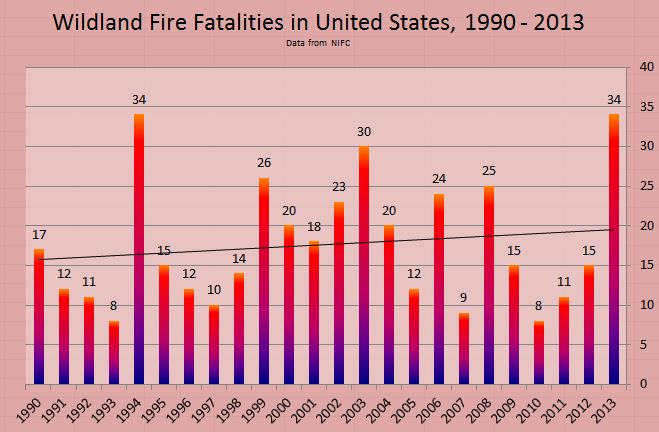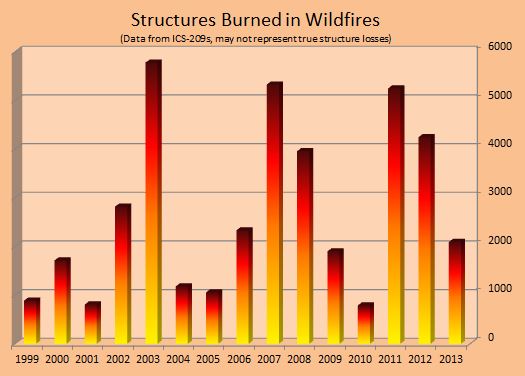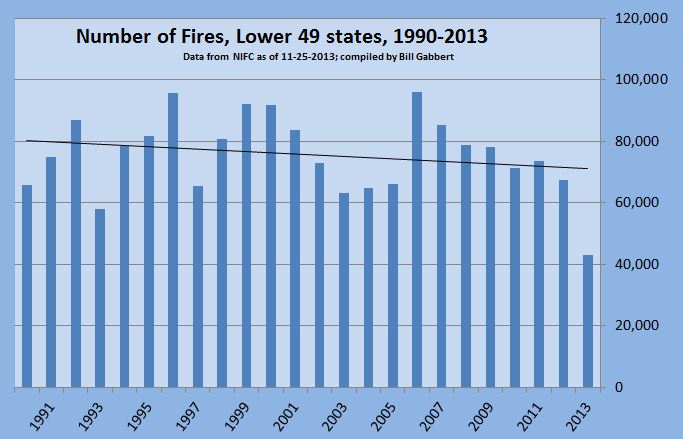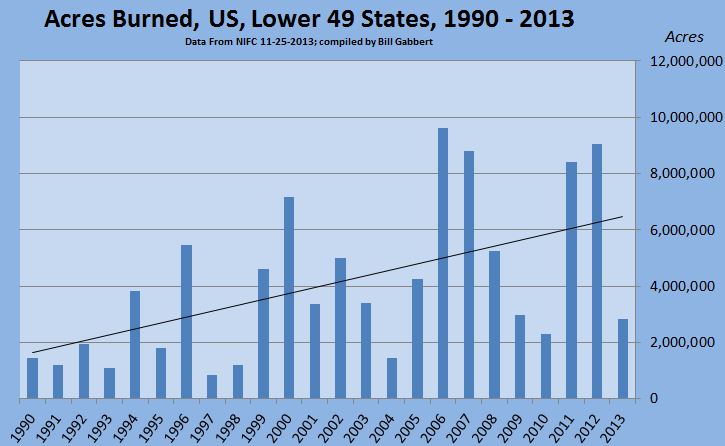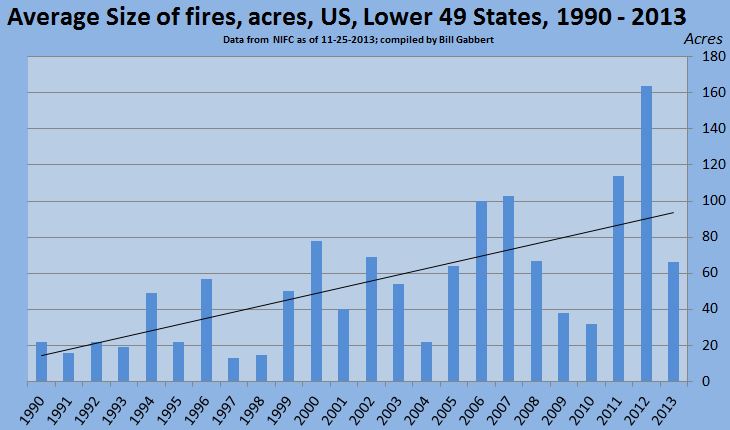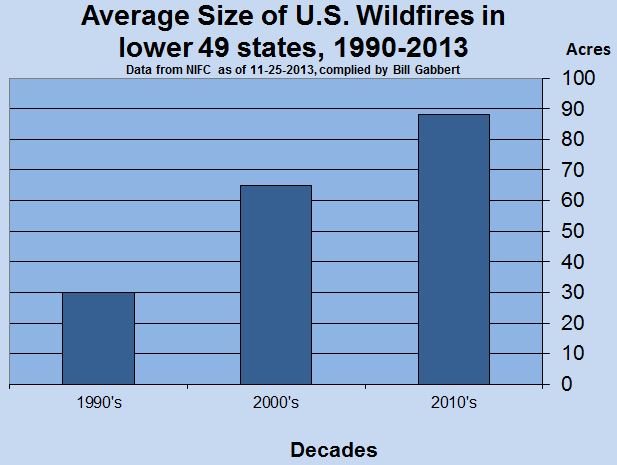A report called a “Learning Review” has been released for the Luke Sheehy fatality, the smokejumper who was killed by a falling limb while suppressing a wildfire on the Modoc National Forest in northeast California on June 10. In addition to the primary report an additional document with supporting information, including some mind-numbing charts, was released.
The objective as stated in the document was to “understand the rationale for the actions/decisions involved in the incident and then, if possible, to learn from them”.
Frequently at Wildfire Today we will write a summary and then our analysis of serious accident reports, but this particular document is very different from the traditional report. It adopts the new paradigm of leaving out conclusions and recommendations, a process that began to be etched into stone in August when the Serious Accident Investigation Guide was revised. This Learning Review claims that “conclusions can sometimes close the door on learning”. I would say on the other hand that they can more frequently open the door to an enhanced safety environment for firefighters. People can sometimes be hit by meteorites, but not often.
And like virtually every research paper, most of the recommendations are for additional studies, ensuring continued employment for academics and researchers.
Call me old school, but this document appears to be more useful for human behavior researchers than firefighters. How did we get to the point where language such as this is used repeatedly in a U.S. Forest Service funded official report about a wildland fire?
- “Typical mission flow”
- “Synthesis, analysis and sensemaking”
- “Margin of maneuver”
- “Sensemaking team”
- “Single Loop vs. Double Loop Learning”
- “Hoberman Sphere”
- “Pressures and filters”
- “Mind maps”
- “Auditory signal”
- “Signal detection”
The Learning Review does suggest that two additional products be prepared, one for “the field” and another for “the organization”. Maybe the field document, if produced, will be more useful for firefighters. And presumably the organization version will have conclusions and recommendations that will remain secret if the guidelines revised in August are followed.
I am not sure why the U.S. Forest Service paid the 22 people, plus multiple focus groups, to produce this study if they did not receive for their investment products usable by the field or the organization.
But I am old school when it comes to opportunities for learning lessons.






